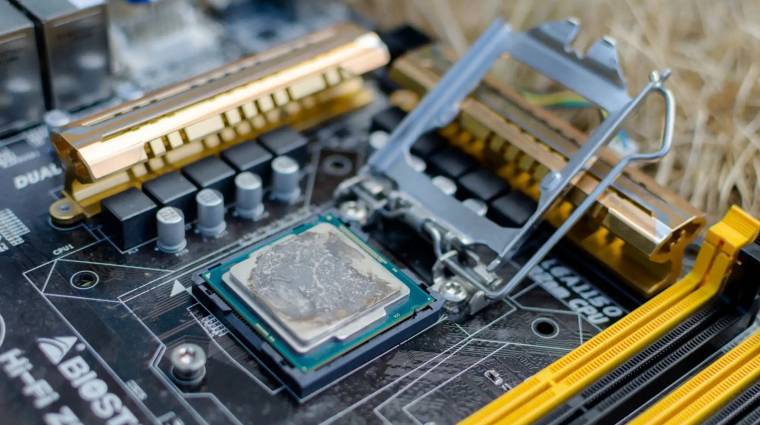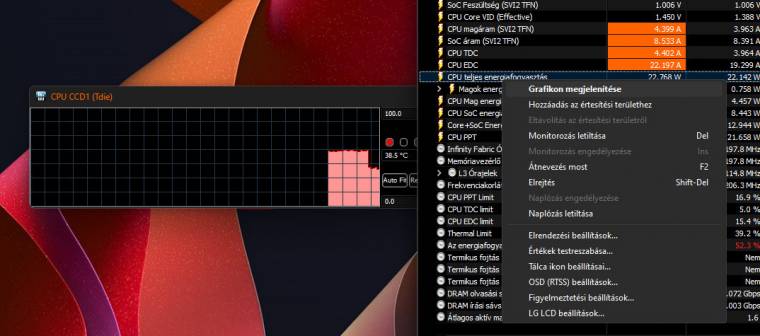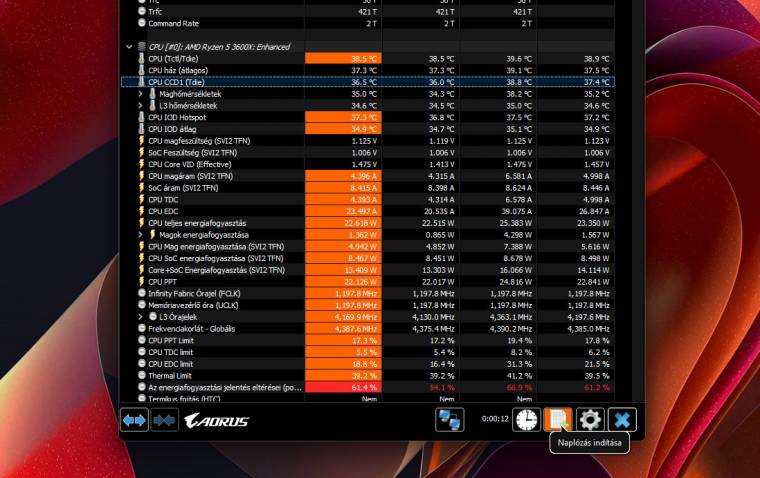Using a simple and free software, you can easily find out what the problem is with your computer that is often frozen and slow.
There can be a million reasons why your computer may become unstable, but the bottom line is that it is very annoying and the source of the problem should be found as soon as possible. According to the big code, the investigation should start from the software side, unless there is a clear sign of hardware failure. After backing up the data, you should get rid of unnecessary programs and unwanted data and download all updates, whether it is a system-related package or a new driver.
If this does not solve the problem, a full hardware scan may follow. This can be a visual check, which isn’t particularly difficult with a desktop device: you take off the side of the device and inspect it to see if it’s too dusty or if there’s a cable hanging aimlessly inside the device that’s been plugged in yet, but it’s worth it. Also check that it rotates -e all fans.
If everything seems fine, or you’re dealing with a laptop that’s not easy to look at, you can use software discovery, for which countless programs have been created in recent years, but perhaps one of the best and easiest to use is HWiNFO. Completely free, and also available in Hungarian.
1 HWiNFO in sensor mode
Download from the official website HWiNFO system monitoring software, then specify at startup that you are not interested in all software services, but only in the values measured by the sensors. You can ignore the update prompt that appears after that.
2 real time charts
Find suspicious values of interest in the long list. For example, CPU and GPU temperature, fan speed, or even consumption indicators of individual components. For these, you can also choose Real-time graphical display in the quick menu that can be called up using the right mouse button.
3 Activate registration
In the lower right corner, click on the Start Recording button, so that the program records the measurement data to a .csv file. If your computer becomes chaotic during loading (photo editing, gaming, etc.), you should also perform a stress test in parallel. Perfect for this Formark And the Prime95.
4 Analyze data and detect errors
download GenericLogViewer, and then open its .csv file. You can select the measurements from the drop-down menu on the right, and above the graph you can see the most important values. From these, you can guess which fan is faulty, or for example, where your computer is overheating.















































